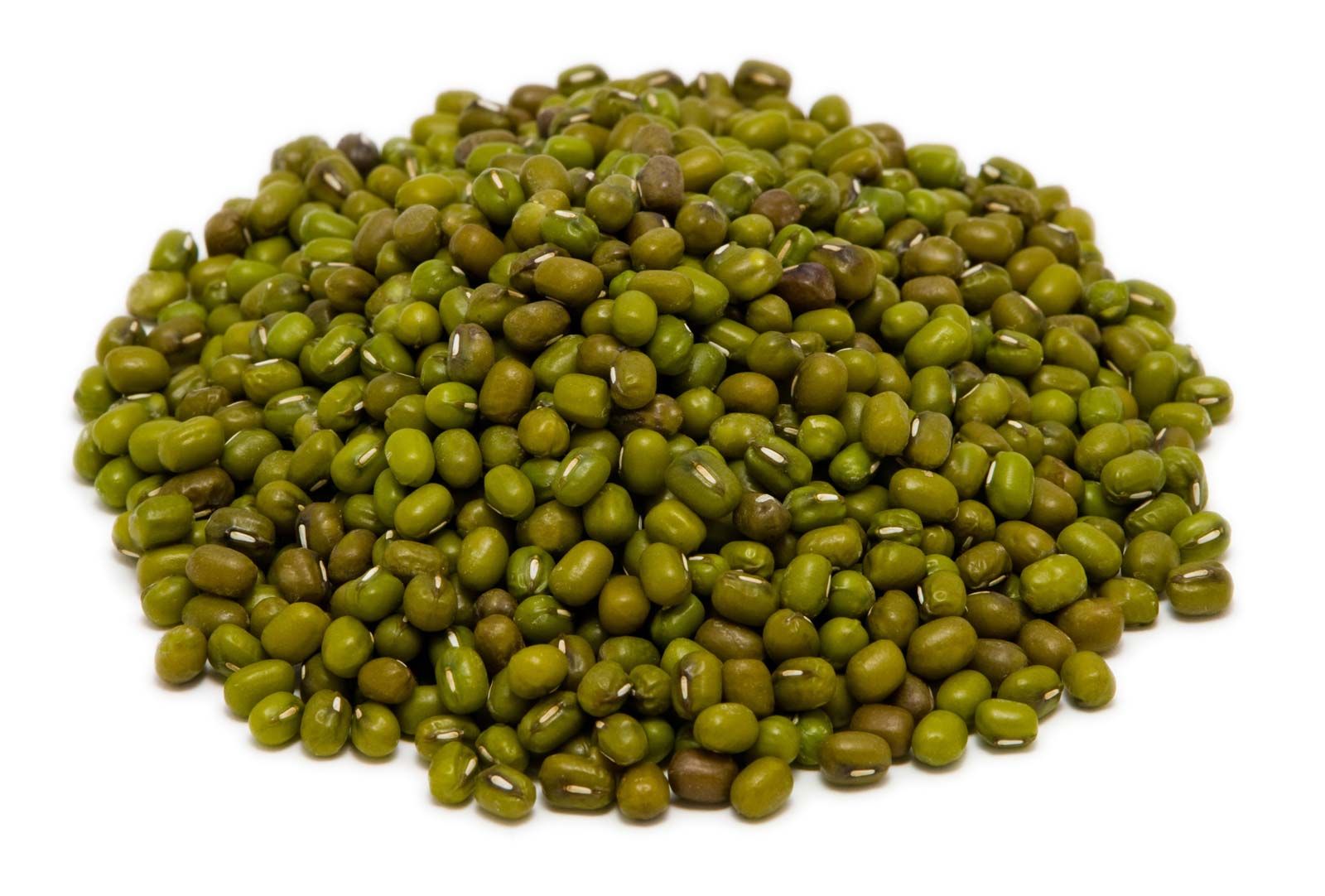
Mung beans are tiny green legumes packed with nutrients and history. Originating in India over 4,000 years ago, these beans have become a staple in many Asian cuisines. Rich in protein, fiber, and antioxidants, mung beans offer numerous health benefits, including improved digestion and heart health. They can be sprouted, cooked, or ground into flour, making them incredibly versatile. Did you know that mung beans are often used in traditional medicine to detoxify the body? From savory soups to sweet desserts, these beans are a culinary chameleon. Whether you're a seasoned chef or a curious foodie, learning about mung beans can add a nutritious twist to your meals. Ready to dive into the fascinating world of mung beans? Let's get started!
What is Mung Bean?
Mung beans are small, green legumes packed with nutrients. Originating from India, they have spread across the globe due to their versatility and health benefits. Let's dive into some fascinating facts about mung beans.
-
Mung beans belong to the legume family, which includes beans, lentils, and peas.
-
These beans are also known as green gram, maash, or moong.
-
Mung beans are a staple in Asian cuisine, especially in Indian, Chinese, and Southeast Asian dishes.
-
They are often used in both savory and sweet dishes, showcasing their versatility.
-
Mung beans can be eaten whole, split, or ground into flour.
Nutritional Powerhouse
Mung beans are not just tasty; they are incredibly nutritious. Here are some key nutritional facts about mung beans.
-
Mung beans are rich in protein, making them an excellent meat alternative for vegetarians and vegans.
-
They contain essential amino acids, which are the building blocks of proteins.
-
High in dietary fiber, mung beans aid in digestion and help maintain a healthy gut.
-
They are a good source of vitamins, including vitamin C, vitamin K, and several B vitamins.
-
Mung beans are packed with minerals like iron, magnesium, potassium, and zinc.
Health Benefits
Eating mung beans can provide numerous health benefits. Here are some ways they can improve your well-being.
-
Mung beans have antioxidant properties that help fight free radicals in the body.
-
They can help lower bad cholesterol levels, reducing the risk of heart disease.
-
The high fiber content in mung beans can help regulate blood sugar levels, making them beneficial for diabetics.
-
Mung beans have anti-inflammatory properties that can help reduce inflammation in the body.
-
They are low in calories, making them a great addition to a weight loss diet.
Culinary Uses
Mung beans are incredibly versatile in the kitchen. Here are some popular ways to use them in cooking.
-
Mung bean sprouts are commonly used in salads, sandwiches, and stir-fries.
-
In India, mung beans are used to make dal, a type of lentil soup.
-
They can be ground into flour to make noodles, pancakes, and other baked goods.
-
Mung beans are used to make a sweet dessert called mung bean paste, popular in Chinese and Southeast Asian cuisines.
-
They can be cooked and added to soups, stews, and casseroles for added nutrition and flavor.
Growing Mung Beans
Growing mung beans is relatively easy, making them a popular choice for home gardeners. Here are some interesting facts about growing mung beans.
-
Mung beans thrive in warm climates and need plenty of sunlight.
-
They can be grown in a variety of soils, but well-drained, sandy loam soil is ideal.
-
Mung beans have a short growing season, typically maturing in about 60-70 days.
-
They are drought-tolerant, making them a good crop for areas with limited water supply.
-
Mung beans can be grown as a cover crop to improve soil health and prevent erosion.
Fun Facts
Here are some fun and lesser-known facts about mung beans that might surprise you.
-
Mung beans have been cultivated for over 4,000 years.
-
They are often used in traditional Chinese medicine for their cooling properties.
-
Mung bean starch is used to make cellophane noodles, also known as glass noodles.
-
In some cultures, mung beans are used in rituals and ceremonies.
-
Mung beans can be sprouted in just a few days, making them a quick and easy source of fresh greens.
-
They are sometimes used in skincare products for their soothing and anti-inflammatory properties.
Final Thoughts on Mung Beans
Mung beans are tiny powerhouses of nutrition. Packed with protein, fiber, and antioxidants, they offer numerous health benefits. From improving digestion to supporting heart health, these little legumes are versatile and beneficial. They can be used in a variety of dishes, from soups to salads, and even desserts.
Growing mung beans is relatively easy, making them a great addition to home gardens. They enrich the soil with nitrogen, benefiting other plants. Plus, they’re a sustainable food source, requiring less water and resources compared to other crops.
Incorporating mung beans into your diet can be a simple yet effective way to boost your overall health. Whether you’re a seasoned cook or a beginner, there are countless ways to enjoy these nutritious beans. So, next time you’re at the grocery store, consider adding mung beans to your cart. Your body will thank you!
Was this page helpful?
Our commitment to delivering trustworthy and engaging content is at the heart of what we do. Each fact on our site is contributed by real users like you, bringing a wealth of diverse insights and information. To ensure the highest standards of accuracy and reliability, our dedicated editors meticulously review each submission. This process guarantees that the facts we share are not only fascinating but also credible. Trust in our commitment to quality and authenticity as you explore and learn with us.
